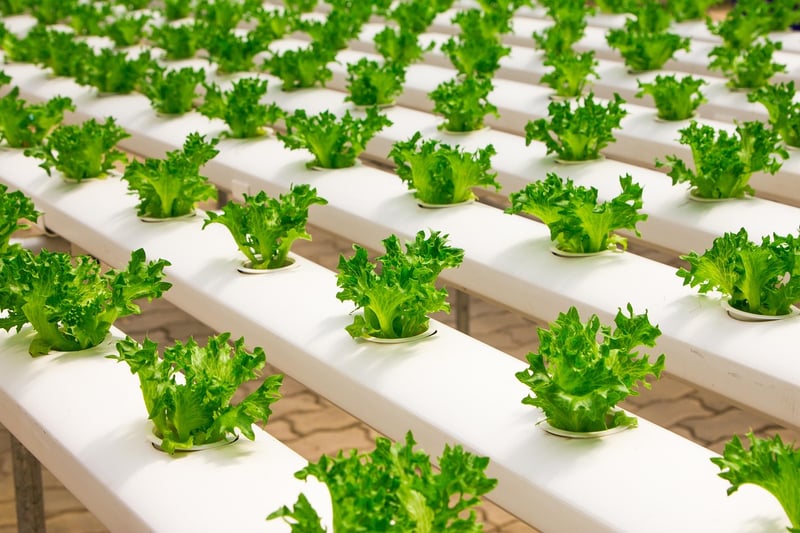Sustainable food
The Art of Farming in Small Spaces

Many people dream of having a lush garden or a small farm, but limited space can often be a hindrance. However, with the right techniques, it's possible to grow a variety of plants and produce even in the smallest of spaces. This article will explore the art of farming in small spaces and how it contributes to sustainable food practices.
Benefits of Farming in Small Spaces:
- Maximizes land use efficiency
- Requires less water and resources
- Allows for better pest control
- Promotes local and sustainable food production
- Encourages creativity in gardening
Techniques for Small Space Farming:
- Vertical gardening: Utilize walls or trellises to grow plants vertically.
- Container gardening: Use pots, buckets, or raised beds to grow plants.
- Intensive planting: Maximize space by planting crops close together.
- Companion planting: Grow complementary plants together to deter pests and enhance growth.
- Utilize small greenhouse or indoor growing setups for year-round production.

Sustainable Food Practices in Small Spaces:
Farming in small spaces not only allows individuals to grow their food but also promotes sustainable food practices. By growing locally, reducing the need for transportation, and utilizing organic gardening methods, small space farming contributes to a more sustainable food system.
Conclusion:
Whether you have a tiny urban balcony or a small backyard, there are plenty of opportunities to grow your food sustainably. Embracing small space farming not only benefits the environment but also provides a rewarding experience of growing your food right at home.
Start your small space farming journey today and enjoy the fresh, sustainable produce grown right at your doorstep!
